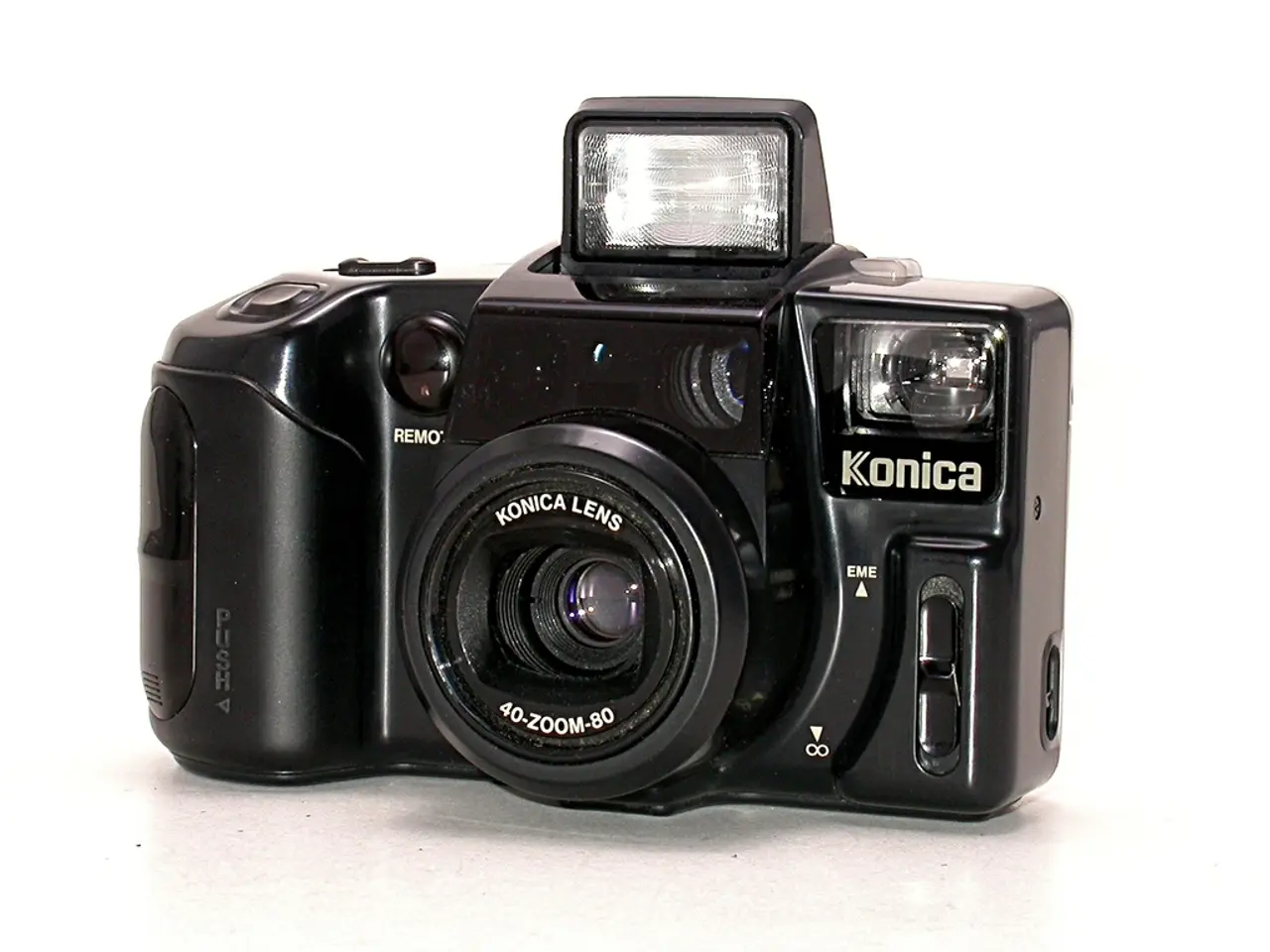Understanding DRI (Detect and Recognize Identifier): Its Functionality Explained
In the world of drone technology, the Johnson Criteria plays a crucial role in determining the performance of drone sensors. This set of principles, known as the Detect and Recognize Identifier (DRI), helps estimate the number of pixels needed to detect, recognize, or identify a target.
DRI values are essential for understanding a drone's imaging system's capabilities. They depend on various factors, including sensor specifications such as resolution, focal length, and target size. By using DRI, operators can match sensor performance with mission requirements, ensuring that the drone can provide the necessary detail for the task at hand.
The DRI criteria are divided into three stages: detection, recognition, and identification. Detection is the least stringent requirement, involving merely confirming the presence of an object. Recognition requires identifying the object's type, while identification involves distinguishing specific features or details.
These criteria are influenced by factors like target size and distance, sensor resolution and field of view, pixel density, and environmental conditions. For instance, larger targets at closer distances require fewer pixels to meet detection, recognition, or identification thresholds. Higher-resolution sensors and wider fields of view can cover more detail over longer distances, improving detection, recognition, and identification capabilities.
The public safety department, utility companies, and wildlife researchers are among those who benefit from DRI in professional drone applications. For example, a thermal camera may detect a human at 800 meters but only identify them at 300 meters, setting performance thresholds for how far a drone can fly while still collecting actionable data.
Drones with longer human detection ranges are particularly beneficial for search-and-rescue tasks in rural areas, as they can spot missing persons or heat sources from a greater distance. However, it's important to note that DRI values offer potential for better performance, but real-world results still depend on weather, altitude, and sensor calibration.
DRI is a measurement standard for evaluating drone camera performance, and drone operators use DRI values to determine whether a sensor can meet the visual demands of a task. In the case of the public safety department, they evaluated two drones with different thermal payloads, choosing the one with the longer human detection range for their operations in wide-open rural areas.
DRI is used across civilian drone operations, including inspection, public safety, and search-and-rescue tasks. Knowing your detection range can prevent unnecessary risk and wasted flight time. As Jacob Stoner, CEO of Flyeye.io, a highly respected figure in the drone community, puts it, "Understanding DRI values is key to making informed decisions about which drone and sensor to use for a specific mission."
[1] Source: DRI Values, Johnson Criteria, and Drone Camera Performance. (2021). Flyeye.io. Retrieved from https://flyeye.io/dri-values-johnson-criteria-and-drone-camera-performance/







